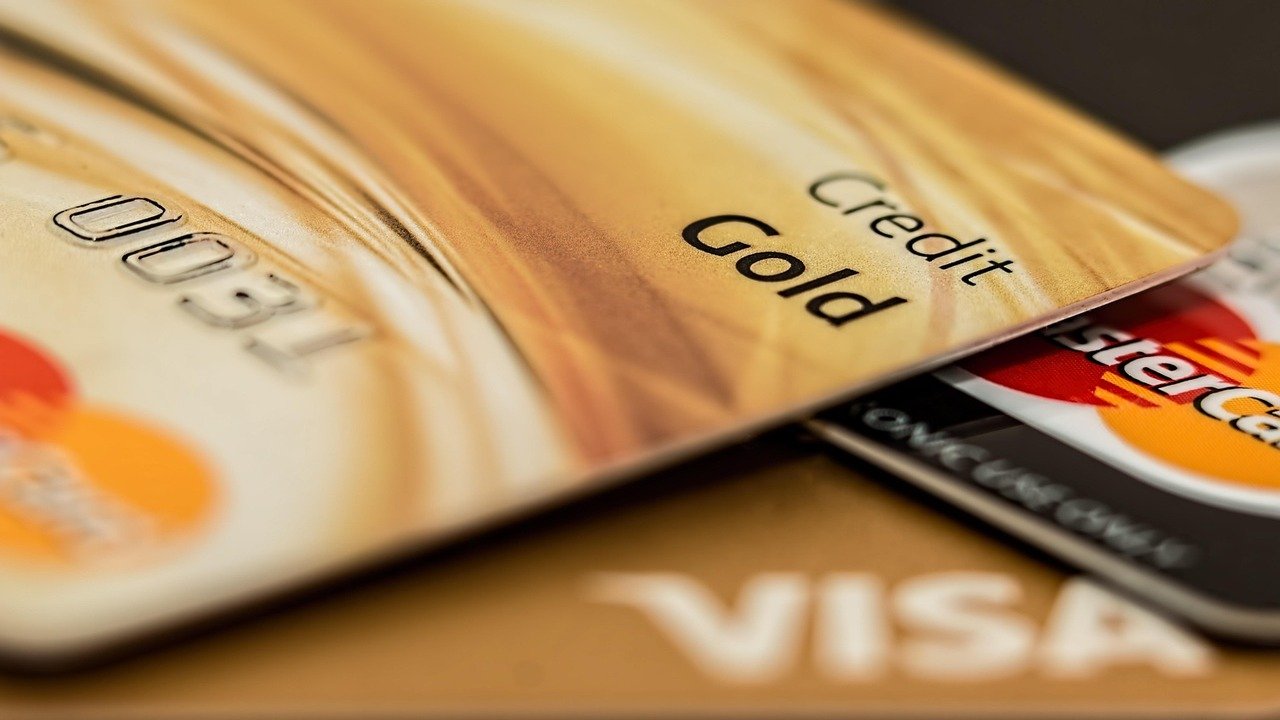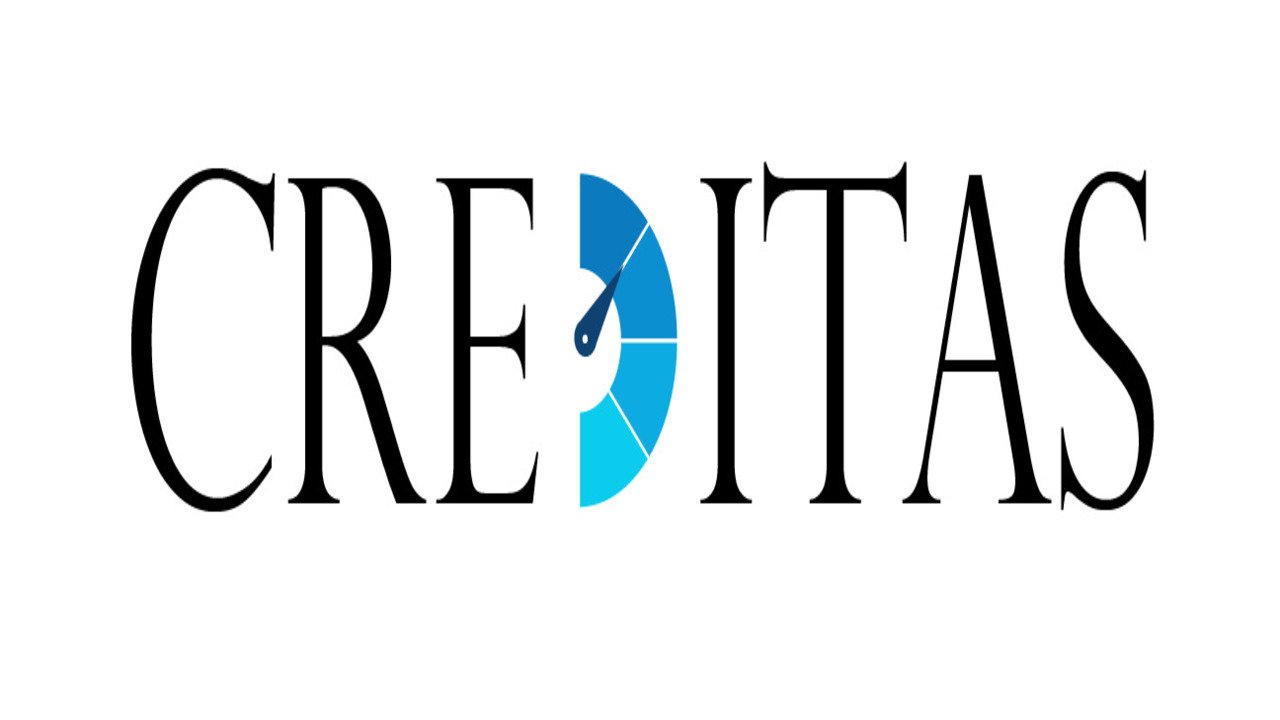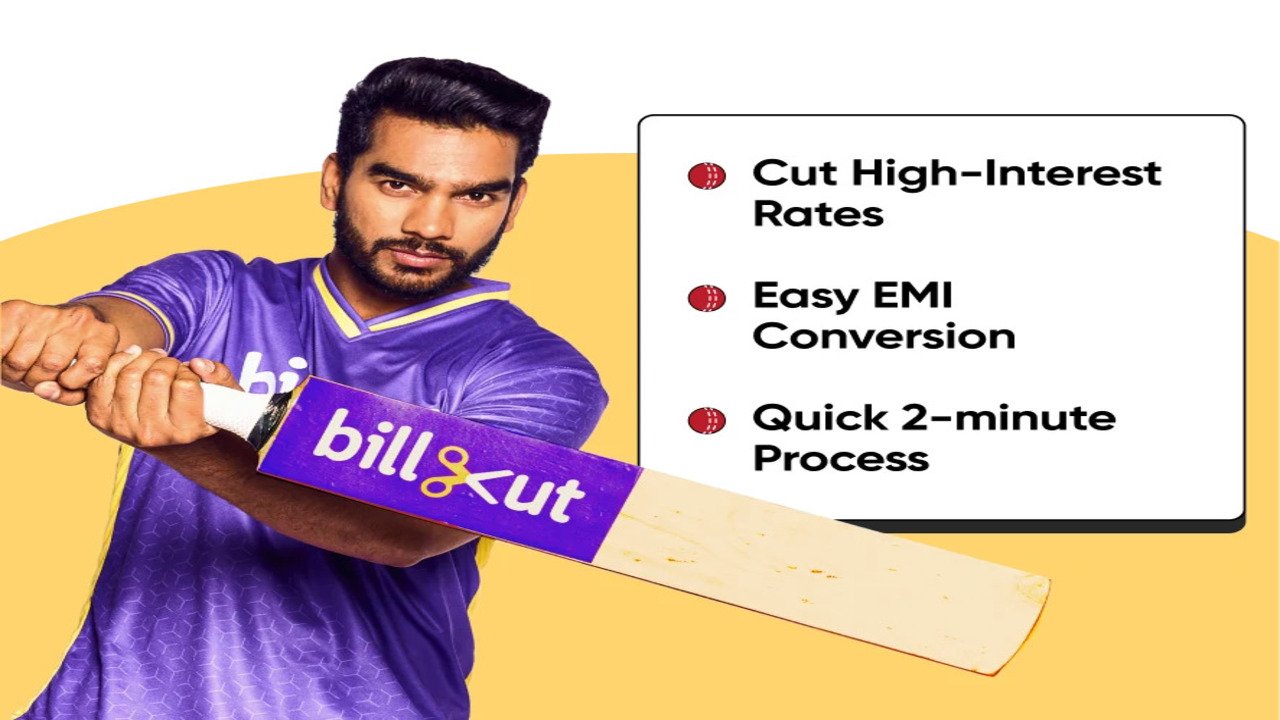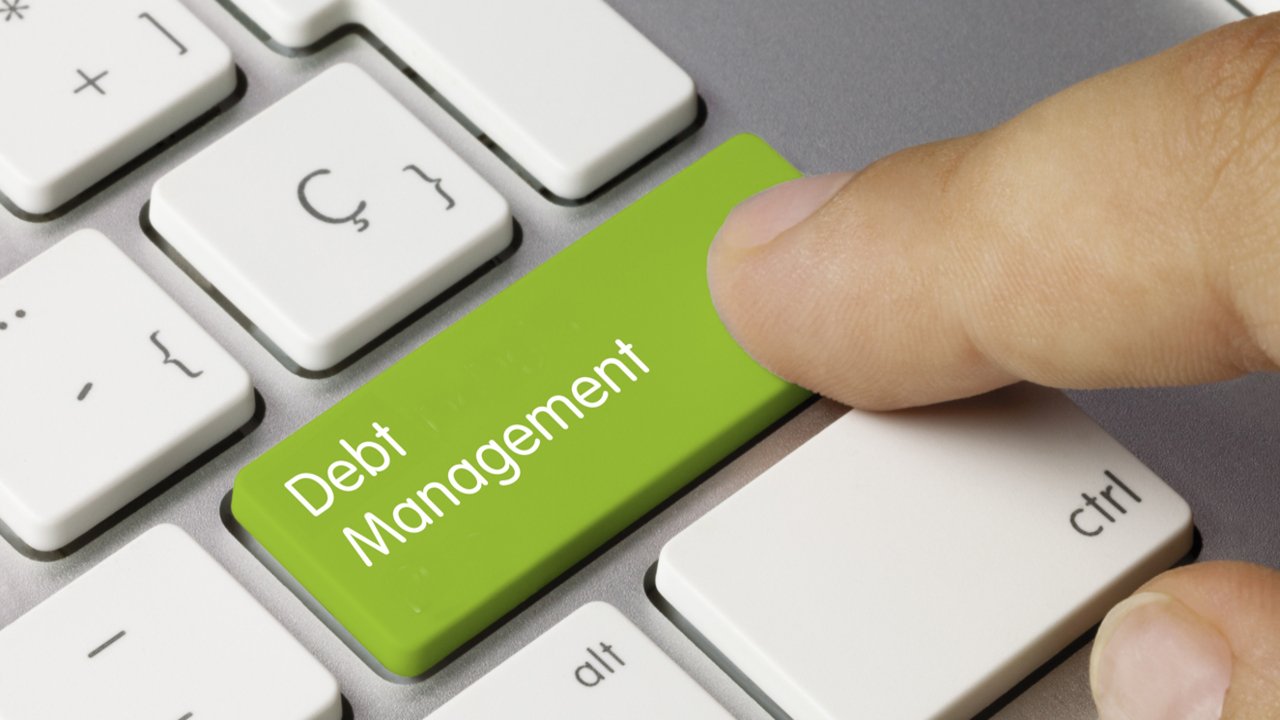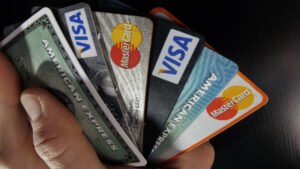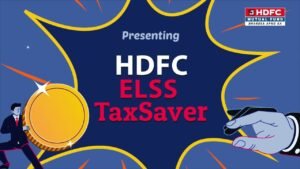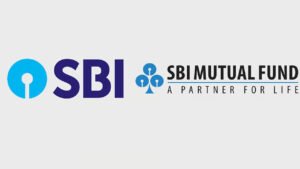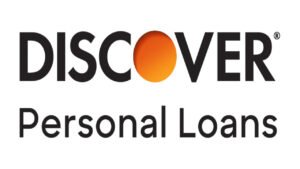How to Manage Credit Card Debt : Reduce & Pay Off Faster.
How to Manage Credit Card Debt can feel like an inescapable burden, especially when high interest rates and mounting balances create a cycle that’s hard to break. In 2025, with U.S. household credit card debt averaging $6,501 per borrower, according to TransUnion, managing this debt is a critical financial skill.
Thank you for reading this post, don't forget to subscribe!Left unchecked, credit card debt can damage credit scores, limit Financial opportunities, and cause significant stress. However, with strategic planning, disciplined budgeting, and the right tools, anyone can take control of their debt and work toward financial freedom.
This article provides a comprehensive guide to managing credit card debt, including actionable strategies, practical tools, and a comparative table of debt repayment methods to help you make informed decisions.
Understanding How to Manage Credit Card Debt
How to Manage Credit Card Debtarises when you carry a balance on your credit card beyond the grace period, typically incurring high interest rates averaging 20.7% APR in 2025, per Federal Reserve data.
Unlike other loans, credit card debt is unsecured, meaning it’s not tied to collateral, which is why issuers charge high rates to offset risk.
Factors contributing to credit card debt include overspending, unexpected expenses (e.g., medical bills), job loss, or poor financial habits. The compounding effect of interest can quickly escalate balances, making minimum payments insufficient to reduce the principal.
The consequences of mismanaging credit card debt are significant:
- Credit Score Damage: Late payments or high credit utilization (above 30%) can lower your credit score, impacting loan approvals and interest rates.
- Financial Stress: Constant debt pressure can strain mental health and personal relationships.
- Higher Costs: Interest and fees can double the cost of borrowed funds over time.
Understanding the root causes of your debt and its impact is the first step toward effective management. Below are proven strategies to tackle credit card debt, followed by a table comparing repayment methods.
Strategies for Managing Credit Card Debt

1. Assess Your Debt
Start by gathering all credit card statements to understand your total debt, interest rates, minimum payments, and due dates. Create a list or spreadsheet with:
- Card issuer
- Balance
- Interest rate (APR)
- Minimum monthly payment
- Due date
This snapshot helps prioritize repayment and identify high-interest cards. For example, a $5,000 balance at 22% APR accrues $1,100 in interest annually if only minimum payments are made.
2. Create a Budget
How to Manage Credit Card Debt A budget is essential for controlling spending and freeing up funds for debt repayment. Use the 50/30/20 rule:
- 50% Needs: Essentials like rent, utilities, and groceries.
- 30% Wants: Non-essential spending (e.g., dining out, subscriptions).
- 20% Savings/Debt: Allocate at least 20% of income to debt repayment or savings.
Track expenses using apps like Mint or YNAB (You Need A Budget) to identify areas to cut, such as canceling unused subscriptions or reducing discretionary spending. Redirect savings to debt payments.
3. Stop Using Credit Cards
To prevent debt from growing, stop using credit cards for new purchases. Switch to cash, debit, or a prepaid card for daily expenses. If you must use a credit card, pay the balance in full each month to avoid interest. This discipline ensures your repayment efforts aren’t undermined by new charges.
4. Pay More Than the Minimum
How to Manage Credit Card Debt Minimum payments, often 2–3% of the balance, primarily cover interest, leaving the principal largely untouched. For a $5,000 balance at 20% APR, paying the minimum ($100/month) takes over 30 years to clear, with $8,000+ in interest.
Doubling payments to $200/month reduces the payoff time to about 3 years and saves thousands in interest. Use a debt repayment calculator (e.g., Bankrate’s) to estimate payoff timelines.
5. Prioritize High-Interest Debt
Two popular repayment strategies are the Avalanche Method and the Snowball Method:
- Avalanche Method: Focus extra payments on the card with the highest interest rate while paying minimums on others. This minimizes total interest paid.
- Snowball Method: Pay off the smallest balance first for quick wins, then roll payments to the next smallest. This builds momentum but may cost more in interest.
The avalanche method is mathematically optimal, but the snowball method can be more motivating for those needing psychological wins.
6. Negotiate with Creditors
Contact your credit card issuer to negotiate a lower interest rate or a hardship plan. Many issuers offer temporary rate reductions (e.g., from 20% to 15%) or payment plans for borrowers facing financial difficulty. Be honest about your situation and emphasize your intent to repay.
A lower rate can save hundreds annually; for example, reducing a 20% APR to 15% on a $5,000 balance saves $250/year in interest.
7. Consider Debt Consolidation
Debt consolidation combines multiple credit card balances into a single loan with a lower interest rate, simplifying payments. Options include:
- Personal Loans: Unsecured loans from banks or online lenders (e.g., SoFi, LightStream) often have rates of 6–12%, significantly lower than credit card APRs.
- Balance Transfer Cards: Transfer high-interest balances to a card with a 0% introductory APR (e.g., 12–18 months). Pay off the balance before the promotional period ends to avoid high rates (e.g., 18–25%). Watch for transfer fees (3–5% of the balance).
- Home Equity Loans: Use home equity for lower rates (e.g., 5–8%), but default risks foreclosure.
Consolidation works best if you avoid accruing new credit card debt.
8. Explore Debt Management Programs
How to Manage Credit Card Debt Nonprofit credit counseling agencies, like the National Foundation for Credit Counseling (NFCC), offer Debt Management Plans (DMPs). These plans negotiate lower interest rates (e.g., 8–10%) and consolidate payments into one monthly amount.
DMPs typically last 3–5 years and may include fees ($20–$50/month). They’re ideal for those struggling to manage multiple cards but require closing credit accounts, which may temporarily lower your credit score.
9. Consider Debt Settlement (with Caution)
Debt settlement involves negotiating with creditors to pay a lump sum less than the owed amount (e.g., $3,000 to settle a $5,000 debt). While tempting, it has risks:
- Creditors may not agree.
- Settled debts are reported as “settled” on your credit report, hurting your score for up to 7 years.
- Forgiven debt may be taxable as income.
- Settlement companies charge high fees (15–25% of the debt).
Use reputable firms or negotiate directly to avoid scams. This is a last resort for those facing unmanageable debt.
10. Avoid Bankruptcy if Possible
How to Manage Credit Card Debt Bankruptcy (Chapter 7 or 13) can discharge or restructure credit card debt but has severe consequences:
- Damages credit for 7–10 years.
- Limits access to future credit.
- May involve asset liquidation (Chapter 7).
Consult a bankruptcy attorney only after exploring other options, as it’s a drastic measure.
11. Rebuild Credit During Repayment
Paying down debt improves your credit score by lowering utilization and demonstrating reliability. Additional steps include:
- Use a Secured Credit Card: Requires a cash deposit (e.g., $500) as the credit limit. Timely payments build credit.
- Monitor Your Credit: Use free tools like Credit Karma or Experian to track progress and dispute errors.
- Keep Old Accounts Open: Closing cards reduces available credit, increasing utilization and potentially lowering your score.
12. Seek Professional Help
How to Manage Credit Card Debt If overwhelmed, consult a financial advisor or credit counselor. NFCC-affiliated agencies offer free or low-cost advice on budgeting, DMPs, and debt strategies. Avoid for-profit companies promising quick fixes, as they may charge high fees without delivering results.
Comparative Table of Debt Repayment Methods
| Method | How It Works | Pros | Cons | Best For |
|---|---|---|---|---|
| Avalanche Method | Pay highest-interest debt first, minimums on others. | Minimizes total interest paid; faster payoff for high-rate debts. | Requires discipline; slower initial progress. | Those prioritizing cost savings and comfortable with long-term focus. |
| Snowball Method | Pay smallest balance first, roll payments to next smallest. | Quick wins boost motivation; simpler to track. | Higher total interest costs; slower payoff for high-rate debts. | Those needing psychological wins to stay motivated. |
| Debt Consolidation Loan | Combine debts into one loan with lower interest rate. | Lower rates (6–12%); single payment simplifies budgeting. | Requires good credit for best rates; risk of new debt. | Those with multiple high-interest cards and decent credit. |
| Balance Transfer Card | Move balances to 0% APR card for 12–18 months. | No interest during promo period; significant savings if paid off. | 3–5% transfer fees; high rates post-promo; new debt risk. | Those who can pay off debt within promo period. |
| Debt Management Plan (DMP) | Agency negotiates lower rates; consolidates payments. | Lower rates (8–10%); professional support; structured plan. | Monthly fees; requires closing accounts; temporary credit score dip. | Those struggling to manage multiple payments and seeking guidance. |
| Debt Settlement | Negotiate to pay less than owed (e.g., $3,000 for $5,000 debt). | Reduces debt amount; faster resolution for some. | Hurts credit score; taxable forgiven debt; high fees (15–25%). | Those with unmanageable debt unable to pursue other options. |
Risks and Considerations
Managing credit card debt requires avoiding common pitfalls:
- Continuing to Use Cards: Adding new charges undermines repayment efforts. Cut up cards or freeze them in ice to deter use.
- Ignoring Interest Rates: High APRs can double debt over time. Prioritize high-rate cards or consolidate to lower rates.
- Falling for Scams: Avoid companies promising “debt elimination” for upfront fees. Research providers via the Better Business Bureau or CFPB.
- Neglecting Emergency Savings: Without a savings buffer, unexpected expenses can lead to more debt. Aim for $500–$1,000 in an emergency fund.
Long-Term Financial Health
How to Manage Credit Card Debt Once your debt is under control, focus on sustainable habits:
- Build an Emergency Fund: Save 3–6 months of expenses to avoid future debt.
- Use Credit Wisely: Pay balances in full monthly and keep utilization below 30%.
- Review Finances Regularly: Update your budget and monitor credit to stay on track.
Conclusion
How to Manage Credit Card Debt in 2025 is achievable with discipline, strategic planning, and the right tools. By assessing your debt, creating a budget, prioritizing high-interest balances, and exploring options like consolidation or DMPs, you can regain control of your finances.
The comparative table above highlights the pros and cons of each repayment method, helping you choose the best fit for your situation. Avoid pitfalls like continued card use or predatory lenders, and focus on rebuilding credit and establishing healthy financial habits.
With persistence and informed decisions, you can eliminate credit card debt and build a foundation for long-term financial stability. Start today by taking one step—whether it’s listing your debts or contacting a creditor—and commit to a debt-free future.
